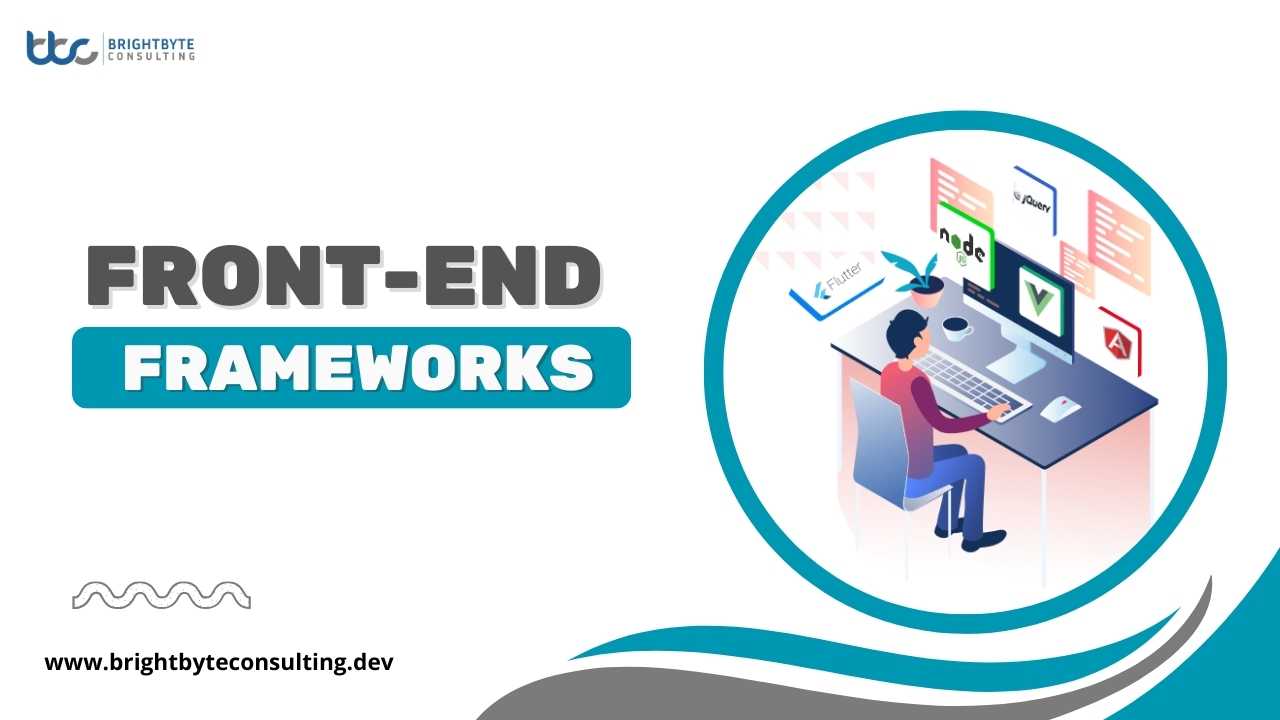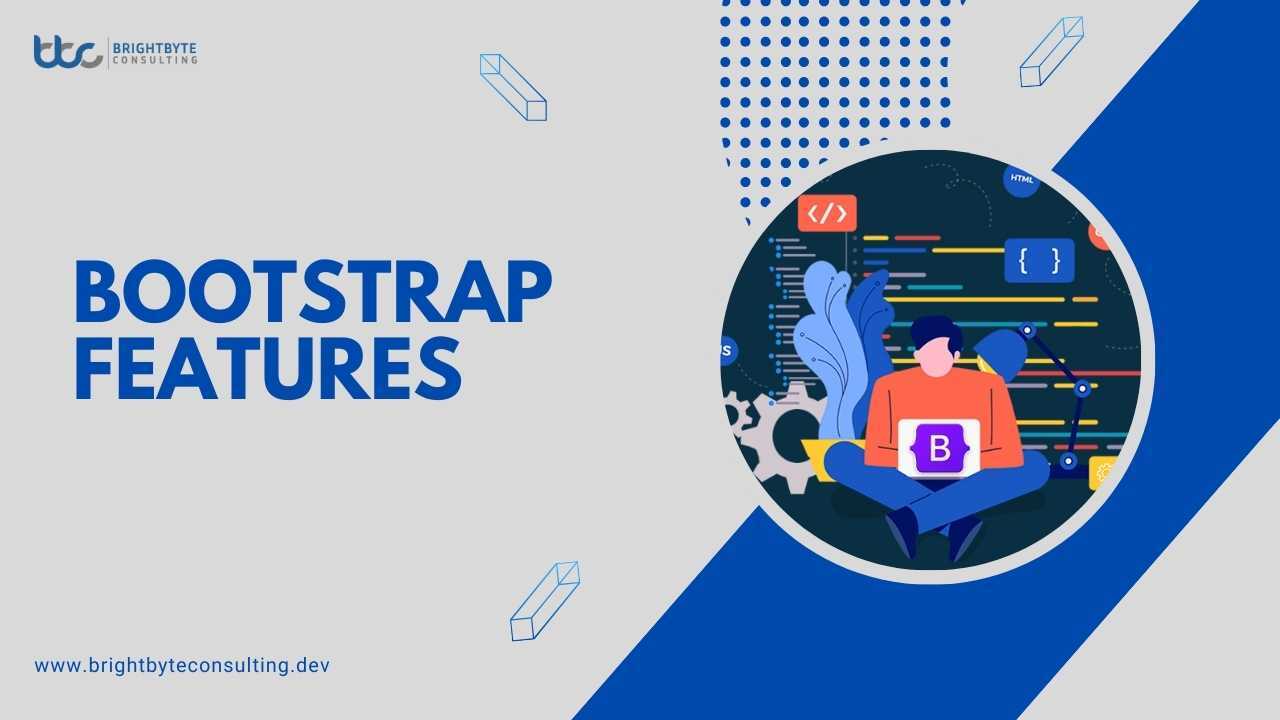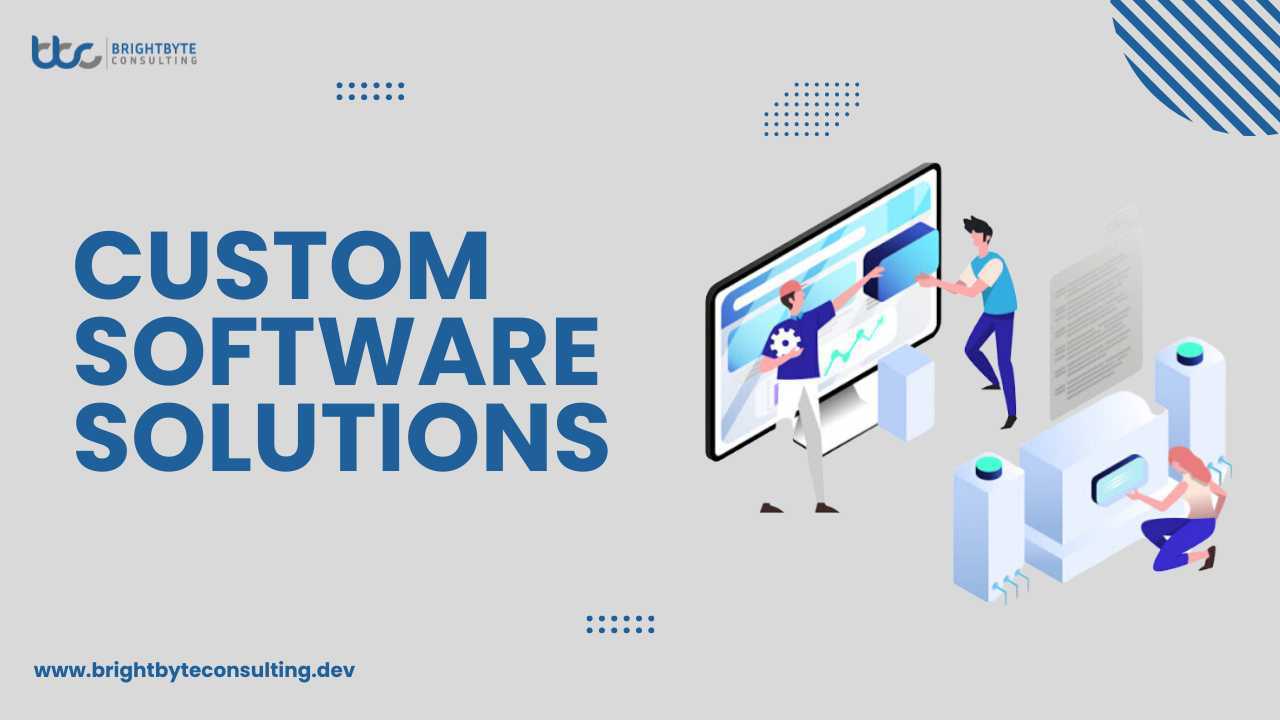In the ever-evolving landscape of web development, front end frameworks play a crucial role in shaping the user experience and overall functionality of modern web applications. These frameworks provide developers with a structured approach to building responsive, interactive, and visually appealing user interfaces. Let’s delve deeper into the significance of frontend frameworks and their impact on web development.
Introduction to Frontend Frameworks
Frontend frameworks are collections of pre-written code, libraries, and tools designed to streamline the process of building user interfaces for web applications. They offer developers a set of standardized components, layouts, and styling options to create consistent and visually engaging websites.
Why Frontend Frameworks Matter?
- Consistency: Frontend frameworks promote consistency across web applications by providing reusable components and design patterns.
- Efficiency: By abstracting common functionalities and repetitive tasks, frontend frameworks help developers work more efficiently, reducing development time and effort.
- Responsiveness: Modern web applications need to be responsive across various devices and screen sizes. Frontend frameworks offer responsive design capabilities out of the box, ensuring a seamless user experience on desktops, tablets, and smartphones.
- Interactivity: With built-in JavaScript libraries and plugins, frontend frameworks enable developers to create dynamic and interactive user interfaces, enhancing user engagement and interactivity.
- Community Support: Frontend frameworks often have large and active communities of developers, offering resources, documentation, and support to help developers troubleshoot issues and stay updated on best practices.
5 Popular Frontend Frameworks
Here are some of the most widely used frontend frameworks in web development:
- React: Developed by Facebook, React is a JavaScript library for building user interfaces, known for its component-based architecture and virtual DOM.
- Angular: Developed by Google, Angular is a comprehensive frontend framework for building dynamic web applications, featuring two-way data binding and dependency injection.
- Vue.js: Vue.js is a progressive JavaScript framework for building user interfaces, known for its simplicity, flexibility, and ease of integration.
- Bootstrap: Bootstrap is a popular CSS framework for building responsive and mobile-first websites, offering a grid system, typography, and pre-styled components.
- Foundation: Developed by ZURB, Foundation is a responsive front-end framework for building websites and web applications, offering a customizable grid system and UI components.
How Front End Frameworks Are Used in Web Development
Component-Based Development
Frontend frameworks encourage component-based development. Where UI elements are broken down into reusable components, such as buttons, forms, and navigation bars.
Routing and State Management
Many frontend frameworks provide routing and state management solutions to handle navigation and data persistence in single-page applications (SPAs).
Styling and Theming
Frontend frameworks offer built-in styling and theming options, allowing developers to customize the appearance of their web applications using predefined styles or custom CSS.
Integration with Backend Technologies
Frontend frameworks can be integrated with backend technologies, such as RESTful APIs or GraphQL, to fetch and manipulate data from servers, enabling dynamic content rendering.
Considerations for Choosing a Front End Framework
- Project Requirements: Consider the specific requirements of your project, such as scalability, performance, and complexity, when choosing a frontend framework.
- Developer Familiarity: Assess the familiarity and expertise of your development team with different frontend frameworks to ensure smooth adoption and maintenance.
- Community Support: Evaluate the size and activity of the community surrounding a frontend framework, as community support can greatly influence the availability of resources and ongoing development.
- Long-Term Viability: Consider the long-term viability and stability of a frontend framework, including its release cycle,backward compatibility, and support for future updates.
Conclusion
Frontend frameworks play a pivotal role in modern web development. Offering developers the tools and resources needed to create responsive, interactive, and visually appealing user interfaces. From streamlining development workflows to promoting consistency and efficiency, frontend frameworks are indispensable in building web applications that meet the demands of today’s users.By understanding the significance of frontend frameworks and choosing the right framework for your project, you can elevate the user experience and achieve success in the ever-changing world of web development.
FAQs
What are frontend frameworks?
Frontend frameworks are collections of pre-written code, libraries, and tools designed to streamline the process of building user interfaces for web applications.
Why are frontend frameworks important in web development?
Frontend frameworks promote consistency, efficiency, responsiveness, interactivity, and offer community support, making them crucial for developing modern web applications.
What are some popular frontend frameworks?
Popular frontend frameworks include React, Angular, Vue.js, Bootstrap, and Foundation, each offering unique features and advantages for web development.
What factors should be considered when choosing a frontend framework?
Factors to consider include project requirements, developer familiarity, community support, and long-term viability to ensure the chosen framework aligns with the project’s needs and goals.
Is it necessary to use a frontend framework in web development?
While not mandatory, using a frontend framework can greatly enhance development efficiency, maintainability, and scalability, especially for complex web applications.
How can frontend frameworks improve user experience?
Frontend frameworks enable developers to create responsive, interactive, and visually appealing user interfaces, enhancing the overall user experience of web applications.
How can I learn to use frontend frameworks?
There are various online resources, tutorials, documentation, and community forums available for learning frontend frameworks, as well as hands-on practice through building projects and experimenting with different features.
Are frontend frameworks suitable for beginners in web development?
Yes, many frontend frameworks offer beginner-friendly documentation and tutorials, making them accessible to those new to web development.
Can I use multiple frontend frameworks in the same project?
While possible, using multiple frontend frameworks in a single project can lead to complexity and potential conflicts. It’s generally recommended to stick with one framework for consistency and maintainability.
Do frontend frameworks require knowledge of JavaScript?
Yes, most frontend frameworks are built on top of JavaScript, so a basic understanding of JavaScript is necessary to work effectively with frontend frameworks.
Are frontend frameworks free to use?
Yes, many frontend frameworks are open-source and free to use, allowing developers to build web applications without incurring licensing costs.











